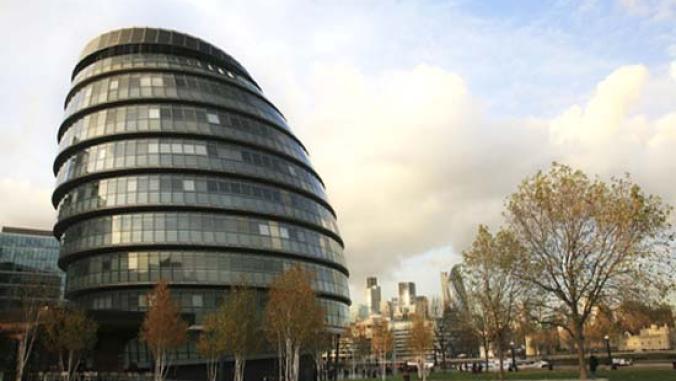A tale of renewed cities: Getting around is getting better
<p>With most of the world's population living in cities, it's time to streamline transportation. A new IEA report details the essential steps.</p>

zhu difeng/Shutterstock
"It was the best of times, it was the worst of times," begins Charles Dickens' celebrated "A Tale of Two Cities," published in 1859.
It's a phrase that might come to mind to a frustrated urban commuter trying to get about in one of the world's larger cities, often gridlocked by traffic congestion and blanketed with vehicular exhaust fumes.
But a new report, "A Tale of Renewed Cities," shows that policies that improve the energy efficiency of urban transport systems could help save as much as $70 trillion in spending on vehicles, fuel and transportation infrastructure between now and 2050.
The report from the International Energy Agency draws on examples from more than 30 cities across the globe to show how to improve transport efficiency through better urban planning and travel demand management. Extra benefits include lower greenhouse-gas emissions and higher quality of life.
And often these changes do not involve expensive infrastructure upgrades. Simply changing policies can have enormous payoffs.
The report comes at a critical time: More than half of the world's population already lives in cities, many of which suffer from traffic jams and overcrowded roads that cost hundreds of billions of dollars in lost fuel and time, and that harm environmental quality, health and safety.
"As the share of the world's population living in cities grows to nearly 70 percent by 2050 and energy consumption for transport in cities is expected to double, the need for efficient, affordable, safe and high-capacity transport solutions will become more acute," said IEA Executive Director Maria van der Hoeven as she presented the report.
"Urgent steps to improve the efficiency of urban transport systems are needed not only for energy security reasons, but also to mitigate the numerous negative climate, noise, air pollution, congestion and economic impacts of rising urban transport volumes."
She urged policy makers to take a systems perspective and a long-term view to address the challenges.
"Governments must think beyond individual technologies and electoral cycles, and consider how to build -- and how to renew -- cities that will accommodate and transport nearly 6.3 billion people by 2050. We must plan infrastructure, logistics and energy systems now that make sense today and over the coming decades," she said.
Among the three broad categories of policies recommended in the report are those that allow travel to be avoided, those that shift travel to more efficient modes and those that improve the efficiency of vehicle and fuel technologies.
The report notes that if fully implemented across the transportation sector, this "avoid, shift and improve" approach could save up to $70 trillion in terms of lower spending on oil, roadway infrastructure and vehicles.
The report offers three case studies -- Belgrade, Seoul and New York City -- to show how those cities already have improved their transport systems. It notes, for example, that within the first six months of refurbishing its urban rail system, Belgrade tripled passenger levels.
When Seoul pushed through reforms that no longer rewarded bus operators for carrying more people, ridership, speed and safety all increased. And New York City shaved 11 minutes off travel times within a year of introducing express bus services, while at the same time attracting more passengers.
"A Tale of Renewed Cities," supported by the European Bank for Reconstruction and Development, sets forth a pathway outlining the essential steps and milestones for policy development and implementation to transform cities by improving urban transport systems.
The pathway is divided into four sections that present the necessary planning and actions for supporting development, financing, implementation and evaluation of policies to improve the energy efficiency of urban transport systems.
To assist planners and policy makers in addressing many common issues and challenges, the pathway also provides a list of policy references and practitioner's guides that are noted throughout the report and on the IEA Policy Pathway Series web page.
To download the report, please click here. To see the slides from the report's launch, please click here.
Image of traffic arrows by zhu difeng/Shutterstock





